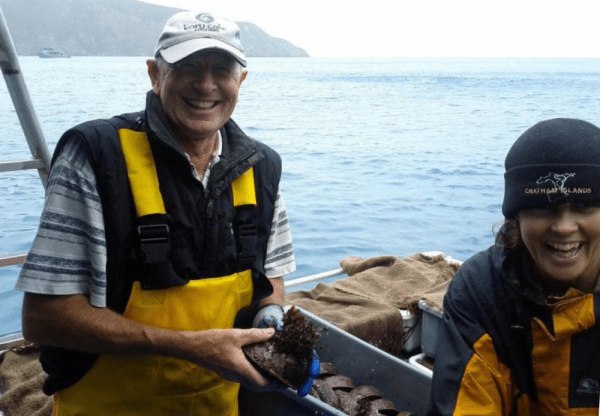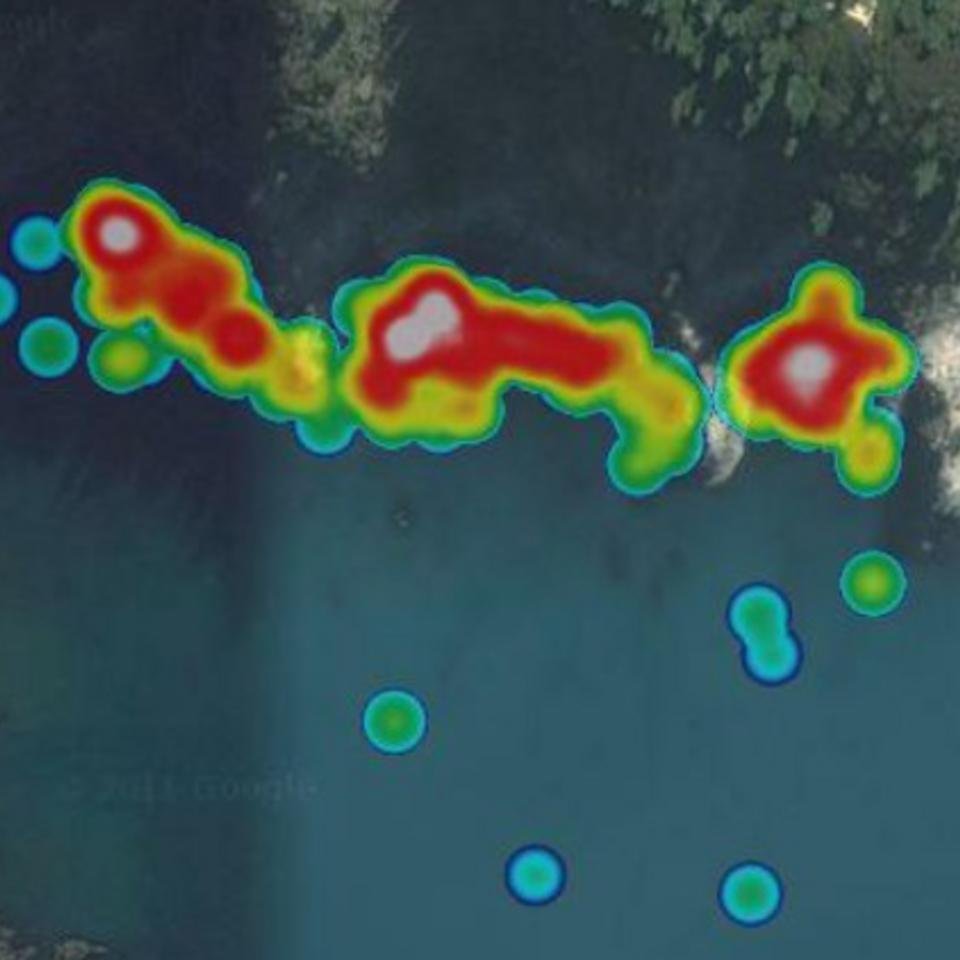The Paua Industry Council (PIC) has been developing data logging technology for fisheries management for a number of years, but recently got Dragonfly involved to analyse their data, extract the relevant information and present it in a useful way.
A Marlborough-based pāua fishing company, Saavid Fishing Ltd, has monitored its fishery using GPS-based technology for some years, and helped develop and trial a number of different data logging units for PIC.
David Baker from Saavid Fishing is a commercial pāua diver and his family makes a living from the fishery. He is also Chair of PauaMAC7, the Paua Management Action Committee for Paua Management Area 7.
“Through PIC, the industry has been working with Nelson-based Zebra-Tech since 2007, doing field testing and helping refine the GPS equipment they’ve developed. It’s a great system now—a little data logger sits in a pouch of the diver’s wetsuit and monitors his or her position, time at depth and water temperature. When the information gets downloaded back on board, we can tell exactly what was caught and where”, he says.
“Getting all the data is one thing, but the next step was to get Dragonfly involved to pull out the useful information for us and calculate a CPUE (catch per unit effort).
To calculate the CPUE, a diver’s time underwater, the total time spent fishing (including swimming on the surface and underwater), the catch and the area fished were needed. In addition, a fishdown experiment was carried out in a completely unfished area nearby to determine the relationships between the CPUE and the relative abundance of pāua in the area.
 David continues, “These techniques allow us to get immediate feedback on stocks rather than waiting three years for a stock assessment report. Also, it’s on a hectare block (100 m) scale rather than a 10 km scale, so we get much more detail.
David continues, “These techniques allow us to get immediate feedback on stocks rather than waiting three years for a stock assessment report. Also, it’s on a hectare block (100 m) scale rather than a 10 km scale, so we get much more detail.
“Two good things come out of this for us as an industry – firstly we can manage the fishery much more closely and make it more sustainable. It’s easy to go too far with pāua – they are a hard little animal to manage. We also hope that by having a record of good data, we will avoid having to do costly stock assessments in the future.
“This project has seen us jump ahead quite a few years because of the information we can gather about our fishery. It’s world-leading.”
Study results were presented by Edward at the International Abalone Symposium in Hobart in early May. The presentation slides may be viewed on speakerdeck.


